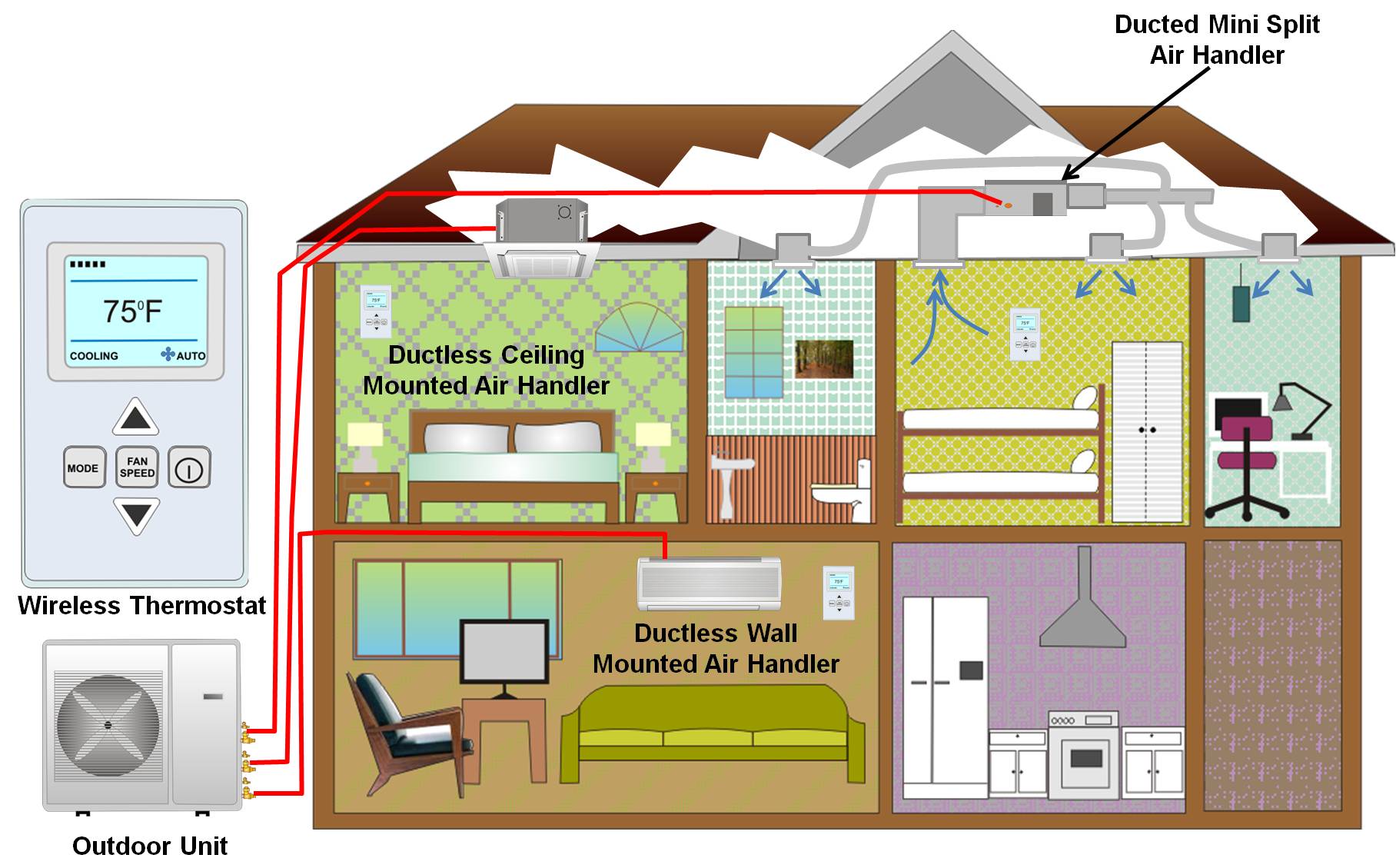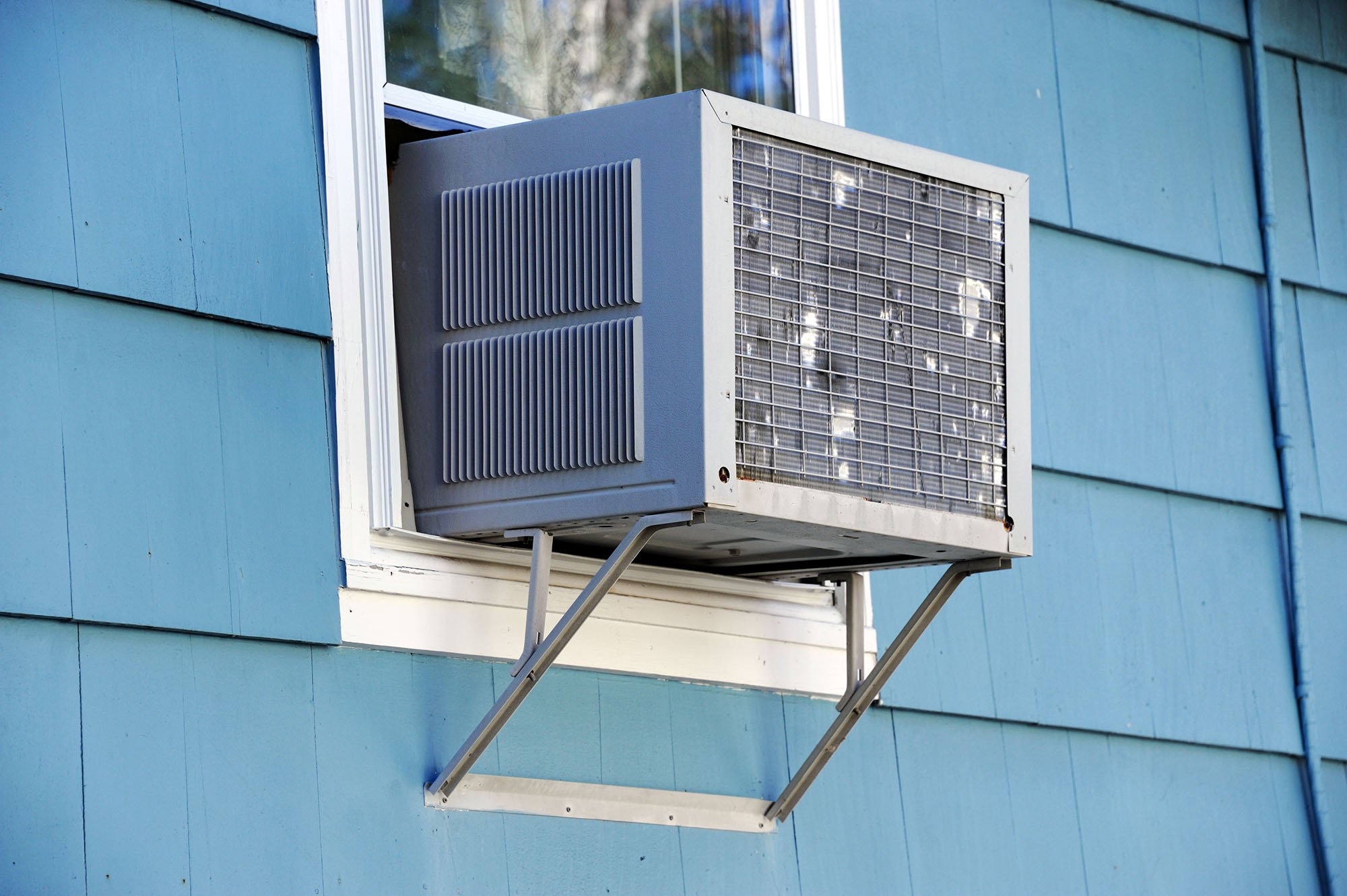Designing With Comfort in Mind: Integrating Air Conditioning in Style

When it comes to creating architectural rooms, the old stating 'kind follows feature' holds true. Yet have you ever before considered exactly how integrating cooling into style can boost convenience and performance at the same time?
The seamless combination of cooling down systems within the structure of a building not only impacts the occupants' well-being but likewise affects the general sustainability of the framework. As you check out the detailed partnership between layout and air conditioning, a world of innovative solutions and advanced technologies awaits your discovery.
Secret Takeaways
- Energy-efficient systems improve comfort and sustainability.
- Integrated a/c enhances interior air quality.
- Stabilizing visual appeals and performance ensures optimal layout.
- Future fads focus on clever, lasting air conditioning remedies.
Relevance of Integrated Air Conditioning


When creating rooms, incorporating a/c is essential for making certain the best convenience and capability. Power effectiveness plays an important function in the style procedure, as it not just decreases functional expenses yet likewise reduces the ecological influence of the structure. By integrating energy-efficient air conditioning systems, you can produce a sustainable and cost-efficient solution that benefits both the residents and the earth.
On top of that, interior air top quality is an additional essential element to think about when designing with integrated cooling. Correct ventilation and filtration systems help keep a healthy interior atmosphere by reducing pollutants and irritants. This causes improved occupant wellness and performance. When choosing air conditioning systems, prioritize those that supply sophisticated filtering modern technologies to improve the overall indoor air top quality.
Variables Influencing Design Decisions
Integrating air conditioning into architectural designs needs mindful consideration of various aspects that influence design decisions. When incorporating a/c systems, sustainability factors to consider are crucial to decrease the structure's ecological impact. User experience plays a substantial function in identifying the efficiency and fulfillment with the cooling system.

- Energy Effectiveness: Sustainable design techniques intend to lessen energy consumption, which not only benefits the environment but also reduces operational prices for the building proprietor.
- Indoor Air Top Quality: Supplying a comfy and healthy and balanced indoor setting boosts the overall customer experience, promoting performance and wellness.
- Aesthetic appeals and Combination: Integrating cooling systems seamlessly right into the architectural layout ensures that capability doesn't jeopardize the aesthetic charm of the area, boosting user fulfillment and total building aesthetic appeals.
Reliable Cooling Strategies for Structures
To enhance cooling down efficiency in structures, think about incorporating passive design strategies along with a/c systems. Passive air conditioning techniques can greatly decrease the need for mechanical air conditioning, bring about even more lasting services for keeping comfortable indoor temperatures. Layout attributes such as shielding gadgets, natural ventilation systems, and thermal mass can help regulate temperatures without depending only on energy-intensive air conditioning. By strategically placing home windows to make the most of cross ventilation or using reflective roofing products to minimize solar warmth gain, you can harness the power of nature to cool your building effectively. ductless heating and cooling
In addition to easy methods, executing lasting solutions like green roofings or living wall surfaces can additionally enhance cooling performance by offering insulation and minimizing heat absorption. These functions not just assist in keeping comfortable indoor temperature levels yet also add to a greener atmosphere. By incorporating easy cooling methods with sustainable remedies, you can develop an extra energy-efficient and environmentally friendly structure style that prioritizes both convenience and conservation.
Balancing Aesthetics and Performance
Think about the harmonious integration of aesthetic aspects with useful facets in your architectural style to ensure a balanced and impactful outcome. When including air conditioning systems into your structure style, striking a balance in between visual appeals and capability is key to producing areas that not just look great but also provide suitable convenience for passengers.
To achieve this balance, keep the following points in mind:
- Blend the System with the Surroundings: Make certain that the cooling devices or vents flawlessly integrate with the general visual of the room, whether through hidden positioning, attractive covers, or matching shades.
- Prioritize User Experience: Design the airflow and temperature control systems in a manner that focuses on the convenience and wellness of the occupants. Consider elements such as air distribution, sound levels, and ease of usage to boost the general individual experience.
- Incorporate Lasting Practices: Opt for energy-efficient air conditioning remedies that not only contribute to the visual appeal of the building however also advertise sustainability and decrease ecological effect.
Future Fads in Architectural Air Conditioning
As you visualize the future of building design, staying abreast of arising cooling patterns becomes crucial for enhancing both kind and function within your projects.
The integration of clever modern technologies right into building air conditioning systems is readied to revolutionize the method buildings are cooled down. These systems utilize information and automation to enhance power use, supplying tailored convenience while lowering environmental impact.
Sustainable solutions are additionally shaping the future of building air conditioning. From easy layout techniques that optimize natural ventilation to cutting-edge air conditioning materials that decrease the demand for typical cooling, sustainability goes to the forefront of cooling developments. Designers are progressively including eco-friendly roofing systems, shielding components, and thermal mass into their designs to develop more energy-efficient air conditioning systems.
Frequently Asked Inquiries

How Does Air Conditioning Impact the General Sustainability and Energy Effectiveness of a Structure Design?
When you integrate air conditioning into structure layout, it influences sustainability and power effectiveness. Energy intake can rise as a result of a/c use, influencing structure performance. This boosted power demand can have unfavorable environmental impacts, reducing total sustainability.
To mitigate these impacts, think about incorporating energy-efficient a/c systems, proper insulation, and passive air conditioning techniques. Balancing convenience with energy efficiency is important for producing sustainable architectural designs.
Are There Any Kind Of Laws or Certifications That Architects Need to Think About When Integrating Cooling Into Their Layouts?
When integrating air conditioning into your designs, it's critical to take into account regulative requirements like building ordinance and accreditation standards for energy performance. Satisfying these guidelines warranties that your job lines up with sector finest practices and environmental goals.
Acquainting on your own with these guidelines will help you in producing lasting layouts that prioritize convenience while also decreasing energy usage. Remain notified and certified to deliver tasks that are both comfortable and environmentally friendly.
Can the Positioning of Air Conditioning Units Affect the General Convenience and Performance of a Room?
When it concerns cooling devices, positioning matters a lot for your space's convenience and performance. Air circulation is crucial, so stay clear of obstructing vents or positioning devices in dilemmas.
Consider how environmental pollution can impact your atmosphere and aim for a visually pleasing arrangement that blends flawlessly with your spatial format.
Take note of where you place these units to guarantee maximum convenience and efficiency throughout your space.
What Are Some Cutting-edge Technologies or Materials That Can Be Utilized to Boost Cooling Solutions in Modern Design?
To improve cooling systems in contemporary style, you can discover wise controls and sustainable products. Easy cooling methods and using thermal mass are cutting-edge methods to boost effectiveness and comfort.
Just How Can Architects Ensure That the Style of Air Conditioning Solutions Complements the Overall Aesthetic of a Structure While Still Prioritizing Functionality and Convenience?
To guarantee the design of a/c systems complements a building's aesthetic, prioritize visual combination and layout consistency. Include energy-efficient technologies for performance. Balancing aesthetics and capability boosts occupant comfort.
Highlight smooth integration of a/c elements into the building style. By concentrating on both looks and energy efficiency, engineers can develop a space that's aesthetically enticing, comfy, and eco-friendly.
Verdict
Overall, when designing with comfort in mind, incorporating a/c in architecture is essential. By considering elements such as efficient cooling strategies, stabilizing looks and capability, and staying ahead of future patterns, engineers can produce rooms that aren't just visually attractive but likewise comfy for occupants.
It is very important to prioritize the health and convenience of those who'll be making use of the area, and integrated air conditioning plays an essential function in accomplishing this goal.
